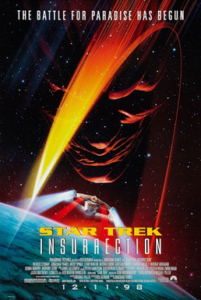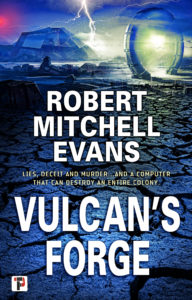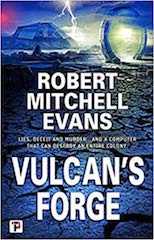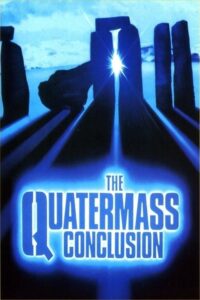.
‘Hard Science Fiction is the sub-genre where no detail contradicts the know laws of physics. in this there is no faster than Light travel or communication or any form of telepathic psychic ability. It is a rigorous artform practiced by only a few. Once you diverge away from ‘Hard’ SF and into less rigorous applications of scientific fact and theory the art because far wider, encompassing everything from Star Trek the Marvel Cinematic Universe. Often at some point a piece will require some extraordinary effect that upends expectations, introducing new and often unreproducible effects. What is interesting is that in various historical periods there has often been a consensus on what can produce these transformative events.
In the first few decades of the 20th century ‘Rays’, light beyond the visible spectrum, were a common fantastical effect. In 1931’s Frankenstein, Victor boasts of discovering a ray beyond the violet and ultraviolet, a ray that first brought life and one which he harnesses to give life to his creation. In Captain America: The First Avenger is the writers tip their hat to Frankenstein and use a period appropriate ‘Vita Rays’ as per of the process that created Captain America.
By the post-war era ‘rays’ had become a tired trope and in the new atomic age ‘Radiation,’ which really were rays all along, because the empowering effect that grew insects and people to impossible proportions, created powerful mutant abilities, reanimated the dead to cannibalize the living, and endowed several comic book superheroes with the flashier abilities.
Radiation, like the rays before them, eventually passed out of favor as the magic system of less than demanding science fiction stories.
What replaced ‘radiation’ as our go to we need something fantastic to happen here effect?
Quantum Mechanics.
Quantum Mechanics, and in particular the many worlds interpretation of wave form collapse, had been used the furious wave hands and craft stories are in effect blatantly impossible. You want a ‘rational’ reason why the devil is in a jar of goo in the basement of a Los Angeles Catholic Church? Quantum Mechanics. You need a method of time travel to collect some shiny stones and reverse the villain’s victory? Quantum Mechanics. You want a musical episode where the characters react to diegetic musical and sing their truths? Quantum Mechanics.
Quantum Mechanics is no more likely to induce a ‘musical universe’ than gamma radiation is to transform a normal man into an eight-foot tall several hundred-pound monster. These are artifacts of very soft science-fiction employed to wave hands past the impossibility of it all in order to deploy the story the writers want to tell. As long as we remember that these stories are not reality, not a possible future, but the modern equivalent of ‘Once Upon A Time…’ then we can enjoy them for the myths that they are and remember that truth that matters in these stories is not the science but the emotions of the human condition.



 .
.

 .
. ..
..